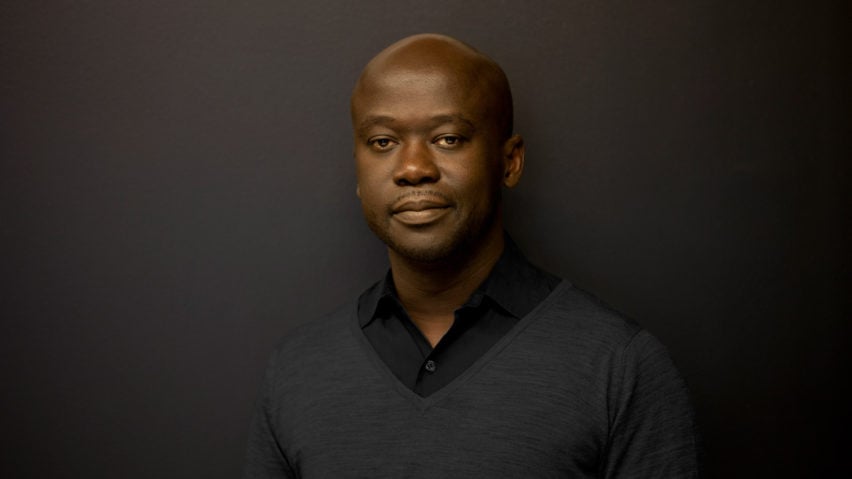Billion-pound projects are perverting architecture warns David Adjaye, who says architects should be champions for the cities they build projects in.
In a keynote speech at the World Architecture Festival in Amsterdam yesterday, Adjaye said that architecture should be the "arbiter of ideas", yet many of today's projects are driven by "elitism that is to do with hyper-commercial liberalism and who controls money".
"Money has totally corrupted the ability to make a meaningful form," the architect told the audience.
"It's all about money now. Architecture in the west is absurdly expensive – projects cost billions and it's crazy."
Architects have a responsibility to cities
Adjaye, who was knighted for his services to architecture in 2017, argued that architects have a responsibility to make sure their buildings give back to the people that use them, rather than simply fulfil a client's brief.
"Architecture is able to become a form that is able to push a certain sort of justice into the equation," he said.
"I think that architects are responsible in the way that they work for a client, but they also work for a city, they're always indebted to making sure the city is giving the best back to its constituents."
The Adjaye Associates founder took the audience through a selection of his own projects, highlighting how each one offers some kind of "free space" – a nod to the theme of this year's Venice Architecture Biennale – to its place.
One example he gave was his Smithsonian National Museum of African American History and Culture in Washington DC.
Smithsonian Museum conveys political message
He said the building, which cost $250 million (£196 million) to build, is designed to take visitors on an emotional journey that communicates a political message. It does this by taking people down eight levels then back up another eight, to "literally physically bury people into a space with no light and then to lift them up".
Design elements were also chosen to celebrate the craftsmanship of African people who were enslaved and brought to America.
"We think migrants have no skills but there were these incredible people brought to America who were literally building America with their skills," said Adjaye.
The museum also features a shaded courtyard by the water, which lowers the temperature outside the building. "The building is the last moment before the mall, so in the hot summer sun it's a much beloved space," added the architect.
Aïshti Foundation gave Beirut a new public space
Other examples included the Aïshti Foundation, an art gallery and shopping centre in Beirut enclosed behind a gauze of red aluminium.
Adjaye said he was trying to create a place that could help the city recover from the "incredible trauma fracture" of the Lebanese Civil War with his design. One detail he added was a pool on the building's rooftop.
"Since the war, the idea of public space has become very contested – there are military everywhere," he stated.
"This gauze embraces the multi-programme of the space, he added. "You can find a space that can give you reflection, mind, retail, this idea of wellness."
Small-scale projects "can be an opportunity"
Even small-scale projects can help to "reset" cities on some level he said, citing the pavilion he created for the Gwangju Biennale in 2013 as an example.
"Any moment can be an opportunity to go beyond the material excellence of construction," he said.
The project saw the architect team up with author Taiye Selasi to design and build a public reading room where locals could swap books.
The space, which is "obviously WiFi-ed", is still a permanent place for people to gather and use. "It has taken on its own life," said Adjaye.

